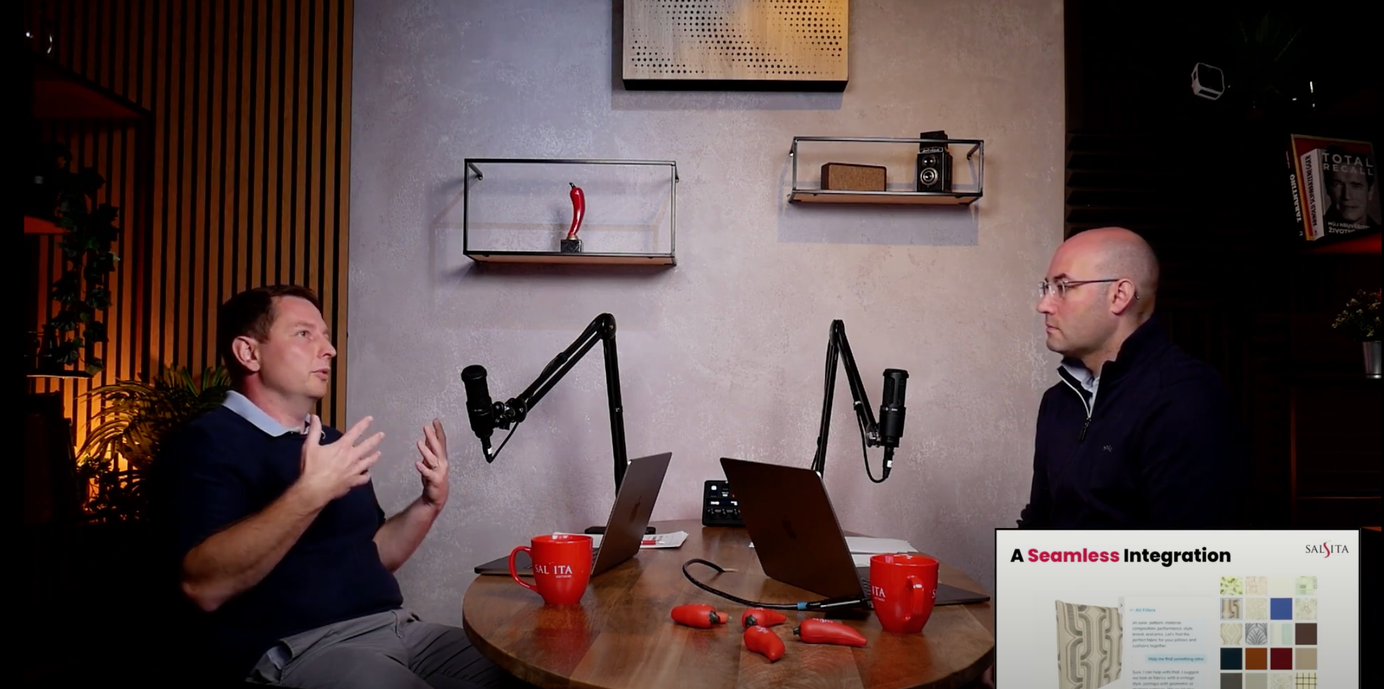
ADCOproto: A Great Product Needs Great Marketing (Case Study)
ADCO Circuits President Archie Damman had a vision: to promote his PCB assembly services and gain new customers by creating a product that lets users configure, order, and pay for the assembly online. After Salsita Software delivered a solution, we found that a high-quality product wasn’t enough.
Table of Contents
A few years ago, ADCO Circuits President Archie Damman had a vision: to promote his printed-circuit board (PCB) assembly services and gain new customers by creating a new product called ADCOproto that enables users to configure, order, and pay for the assembly online (see project summary here).
After Salsita Software delivered a state-of-the-art solution, we discovered that designing and developing a high-quality product wasn’t enough.
Hypothesis Validation
Archie and Salsita's Director of Product, Jan Mikula, suspected much of the existing website traffic was not relevant to the product. They wanted to evaluate the user journey so we could better customize the experience based on the behavior of the target audience. In other words, we couldn’t improve the user experience (UX) without the right users, and we couldn't attract the right users without the appropriate UX. Chicken, meet egg.
Building a great product needs to go hand-in-hand with working on getting traction for that product. Getting the right audience became my number one goal. I was confident that we could make it happen. - Jan Mikula, Salsita Director of Product
Paid Search
Jan turned to me as a marketing expert to come up with a plan to drive qualified traffic to the website based on the available digital marketing budget. We had a few brainstorming sessions with the product team, UI Developer Guillaume Marty, and Full-Stack Developer Pavel John.
We started with a thorough analysis and audit of ADCOproto's current advertising campaigns, performed a competitor analysis, and researched keywords. We gave our findings to Archie and proposed a plan of action that included short-term optimization and improvements.
We launched new Google search campaigns and kept a close eye on every click to determine what the users were searching for. We also started analyzing and optimizing the keywords to improve conversion rate and quality.
We updated Archie on our findings in terms of user behavior and worked together to find ways of improving the product itself. People started interacting with the product and we steadily built up the client base from there.
The team has been instrumental in terms of dissecting the correct transactions and how the search terms should be, working to reduce the cost per click in terms of conversions. They’ve given me some methodologies to really drill in into what’s really going on out there with the web app and how people interface with it, finding new and defined target customers. - Archie Damman, President of ADCO Circuits
Paid Social
By this stage, our confidence in the product had grown. We started thinking about leveraging the marketing campaigns and extending our activities on social media. Since ADCOproto is a B2B product, LinkedIn was the best opportunity for social marketing, so we started running InMail campaigns there first.
We continued with a user analysis to understand our audience and identify them on LinkedIn for better targeting. We experimented with a few A/B test campaigns and slowly refined and optimized the ads to open up another channel for qualified and scalable conversions.
Remarketing
Remarketing not only reminds visitors of their desire to engage with your brand, but it can facilitate the transition to the next step in the conversion funnel.
Once we began running the first campaigns, we immediately started building user audiences of those who had interacted with the web app on LinkedIn and Google. Remarketing cannot be activated unless you reach a specific audience. Thanks to our ad campaigns, we were able to activate retargeting campaigns and bring in more qualified leads.
Continued Support
Knowing the product inside and out led to effective and engaging campaigns. We apply similar methods to all our campaigns, which has been one of the main reasons for our success. Our marketing experts work hand-in-hand with our product managers, designers, and developers to provide market and user insights throughout the whole product life cycle: discovery, design, development, and delivery.
Campaigns helped by bringing relevant prospects to the website and allowed us to improve the whole product, leveraging the insight that we acquired because of our marketing efforts. To put it simply, building a successful product requires tight cooperation between marketing and product development.
Each stage poses different opportunities and challenges, which is why we design and execute unique marketing strategies for each client. Doing this brings results that help our clients make data-driven decisions each step of the way.
Long-Term Strategy
Once Archie gave us the green light, we moved forward with the plan. We’re currently developing a comprehensive strategy that includes advertising, segmented marketing, and email response. In this way, we cover the entire user journey for better tracking and analysis, especially when it comes to improving the product’s user experience.
We’ve also continued the flow of relevant prospects which have allowed us to optimize the product more. In fact, our team keeps developing new features and has established a data-driven product development roadmap for at least a year to come. All of this is thanks to acquiring accurate and relevant user insights.










